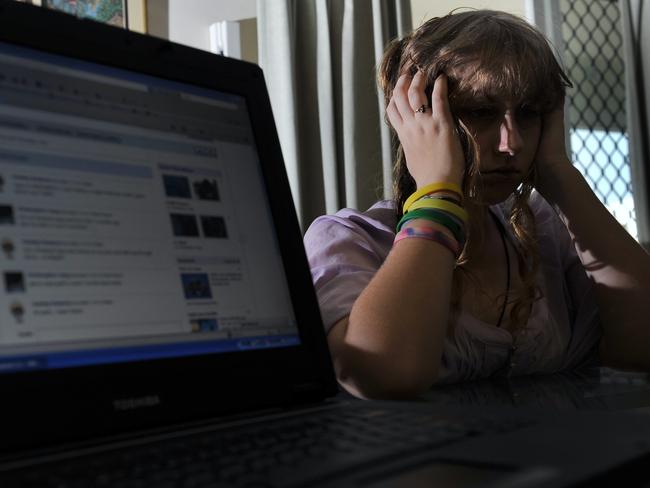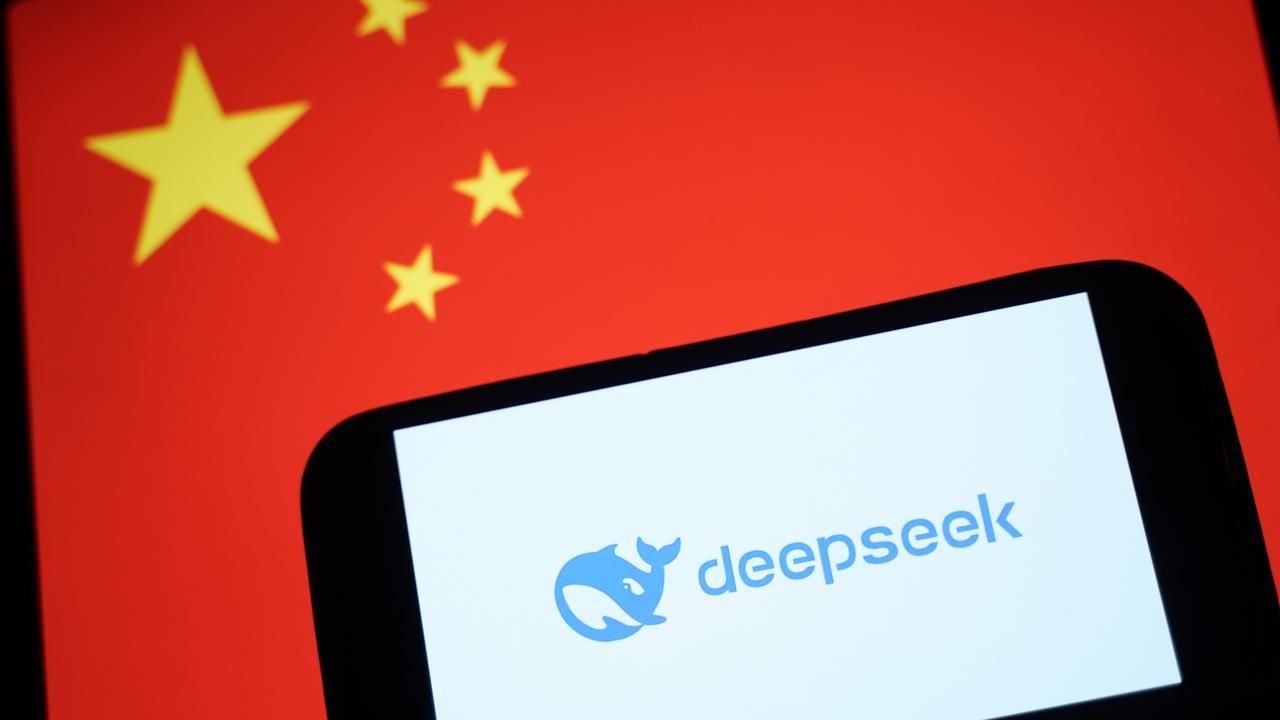The scourge of teen cyberbullying in Australia revealed
DOCTORING images to humiliate classmates — some aged just 12 — is the latest vile trend of cyber bullies. These are some of the ways you can put a stop to it.

DOCTORING images to humiliate classmates — some aged just 12 — is the latest vile trend of cyber bullies.
The Children’s eSafety Commissioner will today release a report showing the agency has dealt with 124 serious cases of cyberbullying against teens and preteens in just the past nine months.
And more than 4000 other young people have been referred to the Kid’s Helpline because of the online bullying and harassment.
According to the eSafety Commission, young cyber bullies are frequently downloading innocent Facebook or Instagram pictures and then doctoring them with obscene drawings, words or images to recirculate online.
“We have dealt with cases of serious cyber-bullying, where students have victimised schoolmates, sent false rumours, or ridiculed them,” Commissioner Alastair MacGibbon said.
“We have also acted to remove harmful photographs used to bully and belittle.”
Mr MacGibbon said it was important parents report abuse to the internet provider hosting the material, but it was also smart to collect evidence by keeping phone messages, taking screen shots and printing out emails or conversations.

The UK government recently supplied parents with a how-to guide to decrypt internet slang commonly used by teenagers.
This includes terms like “POS”, which means “parent over shoulder”.
However, social researcher Mark McCrindle said web slang was constantly evolving.
“There is nothing new with youth slang, it’s always been around, but in an online environment it moves very quickly and it’s harder to decipher,” he said.
Mr McCrindle said today’s teens relied heavily on a visual language full of emojis, memes, and irony.
“It’s very hard for parents to keep up, so the key is really the context of the conversations, not so much the content,” he said.
How social media is destroying the lives of teen girls
Detective Inspector Michael Haddow, of NSW Police’s child exploitation internet unit, said parents should engage with their kids by asking them what sites they are accessing and who they are talking to.
“Sometimes these things move very fast and a child can feel very uncomfortable early on and it’s a downward spiral,” he said.
“If they start to feel uncomfortable they need to be able to talk about it to someone they trust or their parents.”
Elly Robinson, a senior research fellow with the Australian Institute of Family Studies, said parents should set time limitations for their children’s online activities, encourage them to use their devices in communal areas of the house and turn the Wi-Fi off at night.
“Vulnerable kids are vulnerable offline and online,” Ms Robinson said.
“Parents need to realise they can set boundaries and monitor behaviour online, in the same way they would do with any other activity their teen is involved in.”

WEB SLANG DECODED
420 — cannabis
ASL — age, sex, location (could mean your child is using an anonymous chat room)
BRB — Be right back
CD9 — Code 9 (meaning parents are around)
GNOC — get naked on camera
GTG — Got to go
IRL — in real life
IWSN — I want sex now
KPC — keep parents clueless
LOL — Laugh out loud
LMIRL — let’s meet in real life
MOOS — member of the opposite sex
P911/P999 — parent alert
PAW — parents are watching
POS/MOS — parents over shoulder/mum over shoulder
RU/18 — are you over 18?
WYRN — what’s your real name?
WYSIWYG — What you see is what you get
* Source: Parent Info



